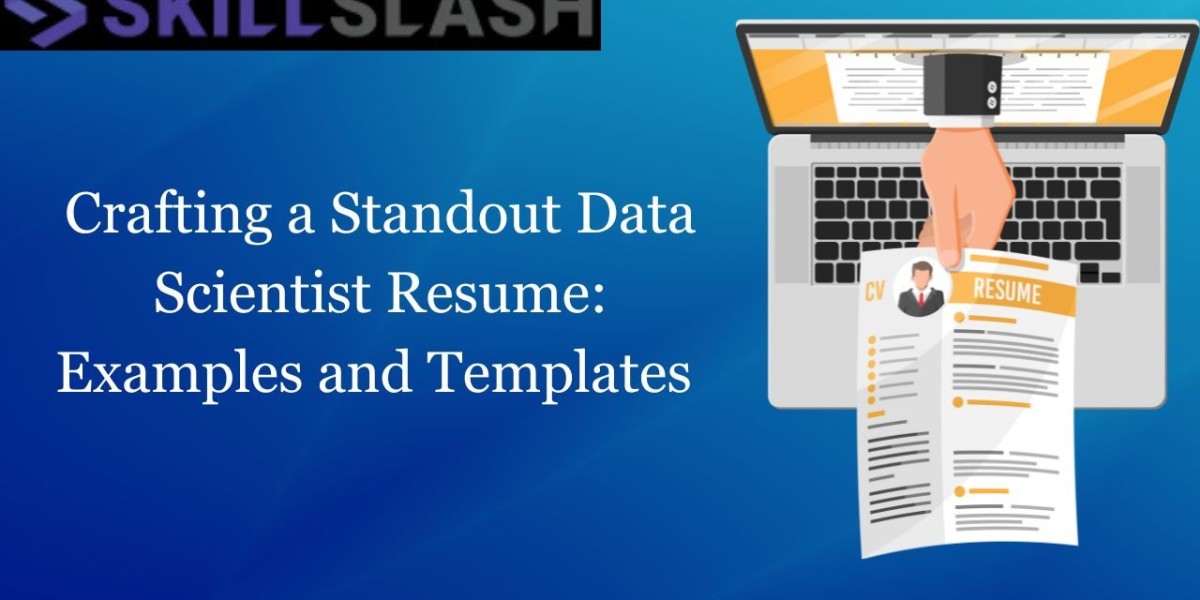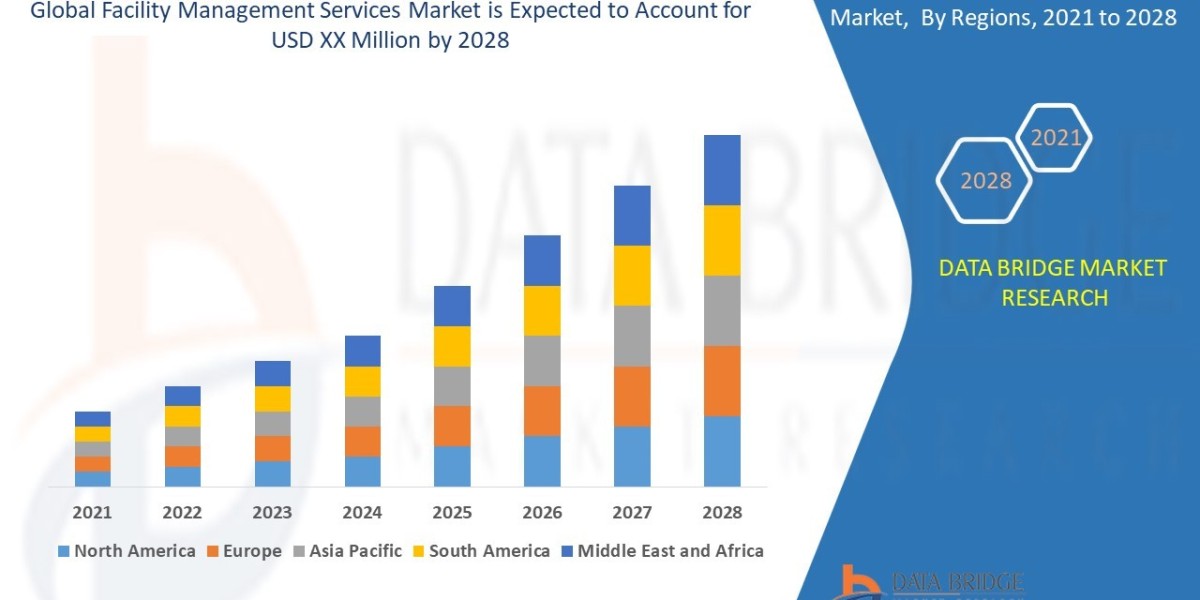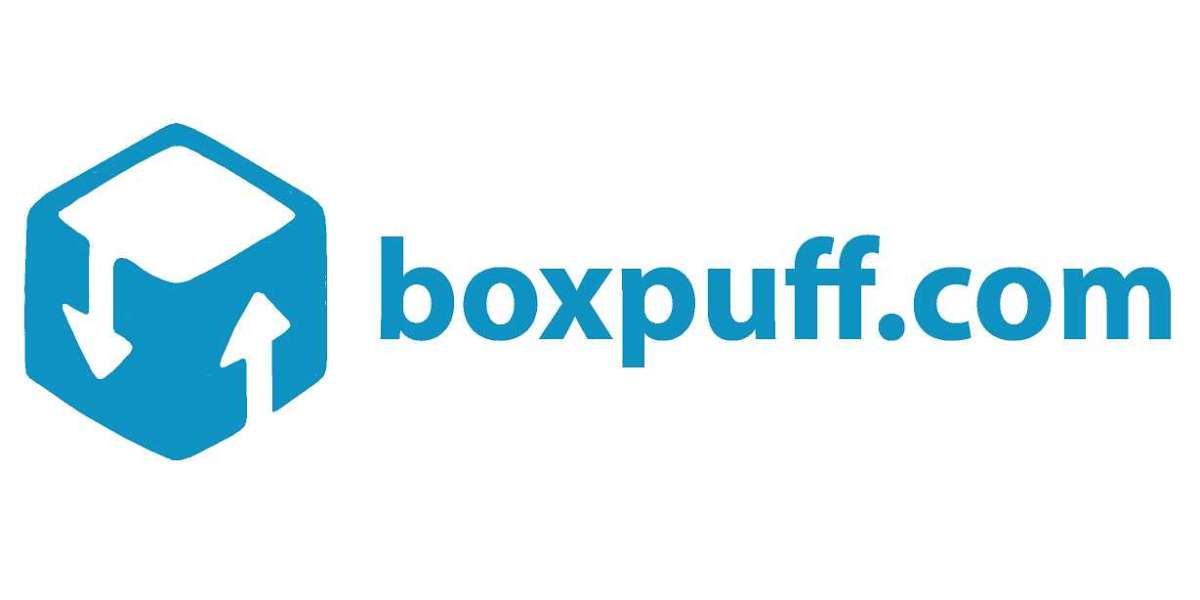The data-driven world is changing, and the role of the data scientist has changed too. It’s no longer just a job title, it’s an opportunity to help organizations grow and innovate.
A great data scientist resume isn’t just about your skills and experience. It’s a strategic representation of what you can do, what you’ve achieved, and what you can do to make a difference. It’s a document that shows off your technical skills, your problem-solving skills, and your ability to turn big data into useful insights. You can use examples and templates that are tailored to different career levels, so you can show how you’re the fit for the challenges and opportunities that come with working in data science.
This article will help you frame your expertise and experience in a way that aligns with the ever-changing data science needs. By using detailed examples and custom templates, you’ll be able to create a resume that will stand out in a sea of applications and effectively communicate your value proposition to employers.
Creating a great resume is super important in the data science industry. It’s not only about showcasing your skills and experience, but it’s also about getting noticed by potential employers.
Here’s a step-by-step guide on how to create a great data scientist resume, with examples and samples so you can build your own:
Understanding the Key Components of a Data Scientist Resume
It’s important to know what’s in your resume if you want to make sure it’s a great document that shows off your skills and experience as a data scientist. Here’s a breakdown of the basic components :
Contact Information
The Contact information section provides your basic and essential contact details, making it easier for potential employers to reach you. In this section, include:
● Full Name: Your name should be prominently displayed at the top of the resume.
● Professional Title: This could be “Data Scientist”, “Machine Learning Engineer”, or any specific title that is relevant to your career level and aspirations.
● Phone Number: Use a professional number where you can be easily reached.
● Email Address: Include a professional email address that you check regularly.
● Linkedin Profile (Optional): If your Linkedin profile is professionally curated and relevant, it’s beneficial to include it.
Summary/ Objective Statement
This section of summary/ objective statement is a brief introduction that highlights your skills, experience, and what you aim to bring to a potential employer. Key points to include are:
● Expertise and Experience: Highlight your expertise in data science, while emphasizing specific skills and experiences.
● Value Proposition: Mention how you can contribute to the prospective employer’s needs or goals.
Skills Section
In the skills section of the resume, you should outline your technical and soft skills relevant to data science. Include:
● Technical Skills: Programming languages (Python, R, etc.), statistical analysis tools (SQL, Excel), machine learning libraries (TensorFlow, Scikit-learn), and any other tools you’re proficient in.
● Soft Skills: Emphasize problem-solving abilities, communication, teamwork, adaptability, and other interpersonal skills essential for the role.
Experience
The experience section details your work history, emphasizing relevant roles and responsibilities. In this section include:
● Job Title: Make sure to clearly state your job title in each position you’ve held.
● Company Name and Duration: List the company name and the duration of your employment in each role.
● Key Responsibilities: Describe the main tasks and responsibilities you had in each position.
● Achievements and Impact: Highlight any quantifiable achievements or the impact of your work, showing how you contributed to the company or projects.
Education
Here, you showcase your educational background, degrees, certifications, and relevant coursework. Include:
● Degrees and Certifications: List your highest level of education, degrees obtained, and any relevant certifications.
● Relevant Coursework: Include any courses or modules that are directly related to data science or specific job you’re applying for.
Projects and Achievements
In this section, highlighting significant projects, publications, or awards related to data science can provide further insight into your expertise. Include:
● Project Details: Mention any notable projects you’ve completed , including their objectives and outcomes.
● Publications or Awards: Include any published research, patents, or awards that demonstrate your achievements in the field.
Certifications and Training
This section emphasizes any additional certifications, training programs, or workshops you’ve completed related to data science. Include:
● Certifications: List any specialized certifications earned in data science, machine learning, or related fields.
● Training Programs: Include details about any relevant workshops, seminars, or courses you’ve completed to enhance your skills.
Additional Sections (Optional)
Depending on your experiences and interests, you might include additional sections to further highlight your well-roundedness. This can encompass:
● Languages Spoken: If multilingual, mention the languages you're proficient in.
● Volunteer Work: Relevant volunteer experiences that showcase your skills or passion for data science.
● Hobbies or Interests: While not always necessary, including hobbies that reflect relevant skills or interests can provide additional insights into your character.
By taking these elements into account and using them effectively, you can craft a data scientist resume that is organized and clear, which will appeal to potential employers and increase your chances of landing a job in the data science industry.
Crafting Your Data Scientist Resume
Sample Data Scientist Resume Template 1: Entry-Level :
[Your Name]
Data Science Enthusiast
Phone: [Your Phone Number] Email: [Your Email Address] LinkedIn: [Your LinkedIn Profile]
Summary/Objective
Recent graduate with a degree in Data Science seeking an entry-level position to apply knowledge in statistical analysis, machine learning, and data visualization. Proficient in Python, SQL, and TensorFlow.
Skills
● Programming: Python, R ● Tools: SQL, Tableau, TensorFlow ● Data Analysis: Statistical Modeling, Predictive Analytics ● Soft Skills: Problem-solving, Communication, Teamwork
Education
● Bachelor of Science in Data Science, [University Name], [Year of Graduation] ● Relevant coursework: Data Mining, Machine Learning, Statistical Analysis.
Projects
● Implemented a machine learning model to predict customer churn with 85% accuracy. ● Analyzed and visualized real-world data sets to derive actionable insights.
Certifications
● Data Science Certification, [Certification Body], [Year]
Additional Section
● Proficient in Spanish (Bilingual)
|
Sample Data Scientist Resume Template 2: Mid-Level :
[Your Name]
Senior Data Scientist
Phone: [Your Phone Number] Email: [Your Email Address] LinkedIn: [Your LinkedIn Profile]
Summary/Objective:
Experienced data scientist with 5+ years in the industry, proficient in developing machine learning models and leading data-driven projects. Skilled in Python, R, and advanced statistical analysis.
Skills:
● Languages: Python, R, SQL ● Tools: TensorFlow, Tableau, Pandas, Scikit-learn ● Advanced Skills: Natural Language Processing, Deep Learning ● Soft Skills: Leadership, Problem-solving, Strategic Planning
Experience:
Senior Data Scientist, [Company Name], [Dates]
● Led a team in developing a predictive maintenance model, reducing equipment downtime by 20%. ● Implemented a recommendation system resulting in a 15% increase in customer engagement.
Data Scientist, [Previous Company Name], [Dates]
● Developed anomaly detection algorithms, reducing fraud cases by 30%. ● Conducted A/B testing, optimizing marketing strategies and increasing ROI by 25%.
Education:
● Master of Science in Data Science, [University Name], [Year of Graduation]
Projects and Achievements: ● Published research paper on anomaly detection in high-dimensional data. ● Received the Data Science Innovation Award for contributions to a novel machine learning model.
Certifications:
Comments
|








